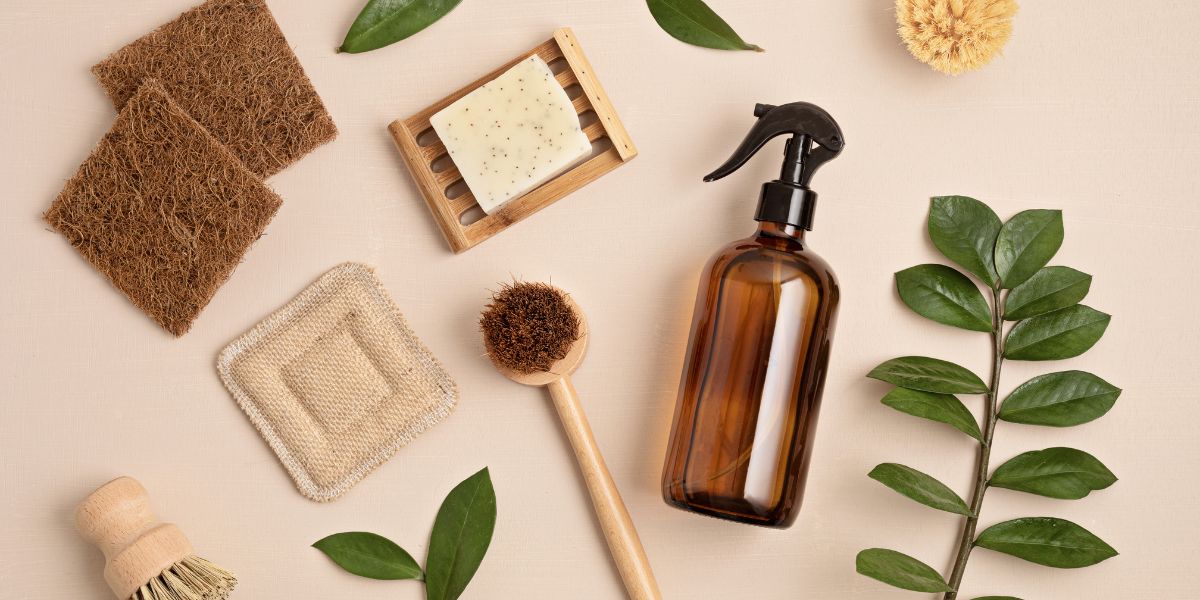Non-toxic living focuses on reducing exposure to harmful chemicals in everyday life. Many household products, building materials, and personal care items contain substances that can affect health. Adopting non-toxic living tips can improve indoor air quality, reduce allergic reactions, and promote overall wellness.
This guide outlines practical steps to create a safer home environment using non-toxic principles non-toxic living tips.
What Is Non-Toxic Living?
Non-toxic living involves choosing products and habits that minimize contact with toxic substances. These substances include volatile organic compounds (VOCs), heavy metals, synthetic fragrances, pesticides, and harmful preservatives. Avoiding such chemicals can lower risks of respiratory issues, skin irritation, and other health problems.
Practical Non-Toxic Living Tips
1. Choose Natural Cleaning Products
Many conventional cleaning products contain harsh chemicals like ammonia and bleach. Opt for natural alternatives such as vinegar, baking soda, lemon juice, or commercial products labeled non-toxic and biodegradable.
2. Improve Indoor Air Quality
Ventilate rooms regularly by opening windows and using exhaust fans. Incorporate indoor plants such as spider plants, snake plants, or peace lilies, which help filter pollutants.
3. Select Non-Toxic Personal Care Items
Personal care products can contain parabens, phthalates, and synthetic fragrances. Choose products with simple, natural ingredients and certifications such as USDA Organic or EWG Verified.
4. Avoid Plastic Food Containers
Plastics can release harmful chemicals like BPA or phthalates. Use glass, stainless steel, or silicone containers for food storage.
5. Use Natural Paints and Finishes
Conventional paints release VOCs that affect air quality. Select low-VOC or zero-VOC paints when painting or refinishing furniture.
6. Choose Organic and Whole Foods
Pesticide residues are common in non-organic produce. Organic foods reduce pesticide exposure and support sustainable farming.
7. Reduce Synthetic Fragrances
Air fresheners, scented candles, and laundry detergents often contain synthetic chemicals. Use essential oils or natural alternatives for fragrance.
8. Filter Drinking Water
Use certified water filters to remove contaminants such as chlorine, lead, and pesticides from tap water.
FAQ: Non-Toxic Living Tips
What are VOCs and why avoid them?
Volatile Organic Compounds (VOCs) are chemicals that evaporate from products and pollute indoor air. They can cause headaches, dizziness, and respiratory irritation.
Are natural cleaning products as effective?
Yes. Vinegar, baking soda, and lemon juice can clean many surfaces effectively without harmful chemicals.
How can I identify non-toxic personal care products?
Look for clear ingredient lists and certifications like USDA Organic, EWG Verified, or COSMOS Organic.
Is non-toxic living expensive?
Non-toxic products may have higher upfront costs but often last longer and improve health, which can reduce medical expenses.
Can indoor plants improve air quality significantly?
Certain plants can help reduce pollutants but should be part of a broader strategy including ventilation and source control.
Conclusion
Non-toxic living tips provide a practical framework to reduce exposure to harmful chemicals at home. Choosing natural cleaning products, improving air quality, selecting safer personal care items, and using organic foods create a healthier living environment.
Implementing these steps supports long-term wellness, reduces environmental impact, and promotes sustainable habits. Non-toxic living is achievable through informed choices and simple lifestyle changes.
